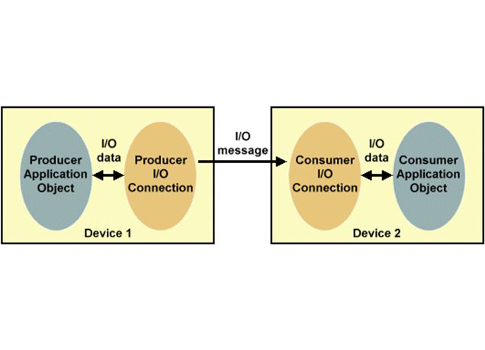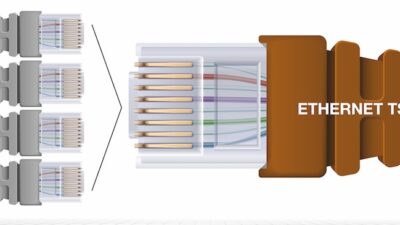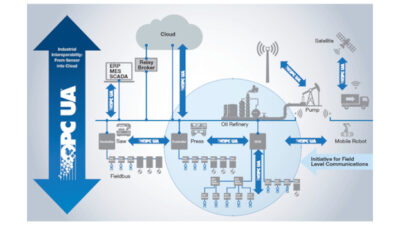Properly managing your control system CIP connections can help avoid confusion and other complications within a process automation project.

Common Industrial Protocol (CIP) is used on industrial automation application networks—such as Ethernet/IP, DeviceNet, and ControlNet—and is supported by ODVA. A CIP connection is a connection between two devices on a CIP-enabled network. This could be between two programmable automation controllers (PACs), between a PAC and a communication module, or between a remote rack communication module and an analog card in its rack (see Figure 1).
You might be wondering why I take the time to define what a CIP connection is and why you need to be concerned with the number of CIP connections in your project. This is due to the limitation of CIP connections that are allowed for specific communication modules or PACs. This limitation can vary greatly depending on the age of your PAC and can start at 32 CIP connections. With some of the larger PACs the limit is up to 500 connections.
Adding to this, is you are also limited by the weakest link in your control system by communication cards, which can vary from 64 CIP connections (older ControlNet communication cards) to the newest cards supporting 256 CIP connections. Don’t forget that every legacy message instruction and produced/consumed tags you configure also uses a CIP connection.
So it really sounds quite confusing and can get complicated if you don’t manage your connections from the very beginning of your process automation project. Work from the I/O racks towards the PACs in documenting the number of CIP connections you have in your process automation project because it if you don’t you will find out that your system will not schedule or communicate in the field during startup.
Do your homework and document the number of CIP connections you have in your project and you won’t get a surprise during the deployment of your project.
This post was written by John Boyd. John is a technology leader at MAVERICK Technologies, a leading automation solutions provider offering industrial automation, strategic manufacturing, and enterprise integration services for the process industries. MAVERICK delivers expertise and consulting in a wide variety of areas including industrial automation controls, distributed control systems, manufacturing execution systems, operational strategy, business process optimization and more.
MAVERICK Technologies is a CSIA member as of 3/5/2015


